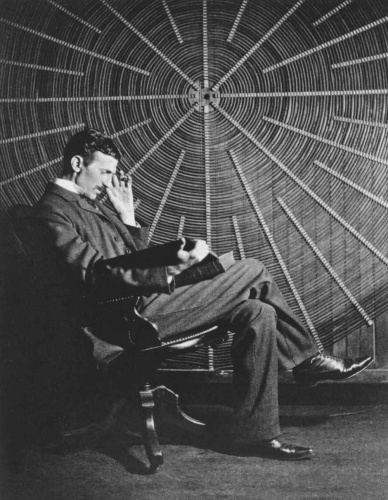Late great engineers: Nikola Tesla
In the first of a new series of articles Nick Smith surveys one of the founding fathers of modern electrical power, Nikola Tesla, whose career was a roller-coaster of breathtaking successes and monumental failures (All Images of Nikola Tesla courtesy of Wellcome Images)

At around midnight on 9-10 July 1856, while thunder and lightning raged, one of the greatest electrical engineers of the early 20th century, Nikola Tesla, was born. The midwife said he’d be a ‘child of the storm’, while his mother thought he’d be a ‘child of light’. Looking back at Tesla’s career as an engineer, inventor and futurist – one defined by controversy and innovation – it’s tempting to think that both women present at his birth had a point. This is because Tesla, while playing a robust scientific role in bringing electrical power to the modern world, also dabbled in death rays and interplanetary communication. Both eccentric recluse and shameless self-publicist, he was a godsend for journalists looking for sensational copy. But he was also a headache for more responsible newspaper editors who were never quite sure how seriously to take the archetypal mad professor’s claims.
Register now to continue reading
Thanks for visiting The Engineer. You’ve now reached your monthly limit of premium content. Register for free to unlock unlimited access to all of our premium content, as well as the latest technology news, industry opinion and special reports.
Benefits of registering
-
In-depth insights and coverage of key emerging trends
-
Unrestricted access to special reports throughout the year
-
Daily technology news delivered straight to your inbox










Water Sector Talent Exodus Could Cripple The Sector
Maybe if things are essential for the running of a country and we want to pay a fair price we should be running these utilities on a not for profit...